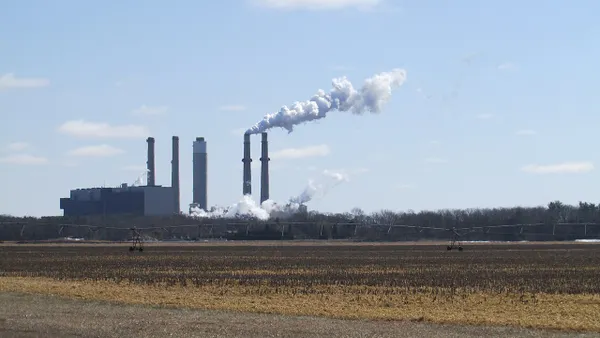Dive Brief:
- Michigan Gov. Rick Snyder (R) last week laid out his vision for the state's energy future, calling for between 30% and 40% of energy needs to be met through cleaner power and waste reduction within a decade.
- The state's residents use 38% more energy than the national average, and pay on average 6% higher rates on heat and electric bills, Snyder said.
- A large focus of the plan is reducing energy waste, calling for a 15% reduction by 2025.
Dive Insight:
Gov. Snyder last week laid out an energy plan for the state which banks heavily on renewables and efficiency, seeking to cut down on waste in a state already using more power than the national average and with much of that coming from coal facilities.
"Decisions we make in the coming years will keep energy more affordable and available through a variety of sources while we continue being good stewards of our lakes, air and land,” Snyder said. “We also must ensure that Michigan — not Washington, D.C. — will determine how we move forward, transitioning from the sources of yesterday to newer, cleaner methods.”
The state faces an energy capacity problem, in part because 10 coal power plants will be retired in the coming years.
Snyder also called for wider adoption of smart meters, which he said can help utilities locate outages and restore power more quickly.
"Our goal is to have residents average less than one power outage a year, and have those outages last less than two and a half hours. We’re getting closer to hitting that mark," the governor said in a statement.
Snyder also proposed some changes to the state's energy choice plan, such as requiring competitive suppliers to show they can guarantee the power will be available. For now, he proposed leaving the 10% choice cap in place.














